The population of Thailand is around 70 million people, 11 of them living in Bangkok alone.
Thailand is home to 71 living languages. The 2014 Ethnologue country report lists one national language (Thai), one educational language (Isan), 27 developing languages, 18 vigorous languages, 17 threatened languages, and 7 dying languages.
“Thailand has experienced the gravitational pull of Europe over the agitations to do with becoming ‘modern’. Yet, it has never been formally colonised” by Rachel V. Harrison and Peter A. Jackson.
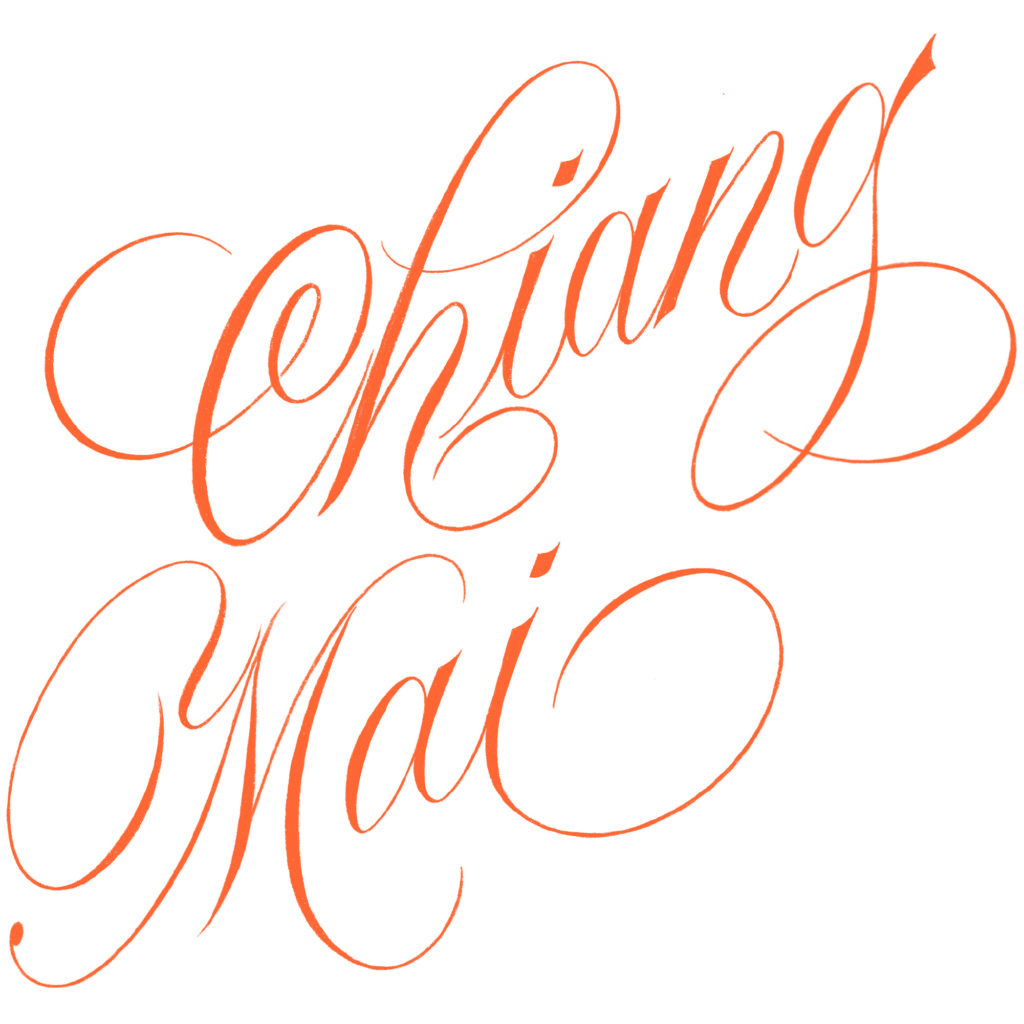
On July 19th, my partner and I moved to Thailand for one month while working remotely.
We rented an apartment — they call it “condo” — next to the Chiang Mai University, which was very convenient as it allowed us to go for a stroll along its gardens and lake every day before breakfast.
Our monthly rent was AUD $550 for a thirty-five-square-metre apartment with a strong internet connection, a small kitchenette and no oven or stove. Working from home, this forced us to go out for lunch and dinner daily, getting to know the local eateries around us.
We set up a daily budget of AUD $20 for two people. We knew we would go over sometimes, nevertheless we made it happen often, and we became very creative with our money while still enjoying the city.
This is a list of things you can buy for 35฿ (around AUD $1.4) in Chiang Mai: 1 can of Leo beer; 1 meal which includes white rice, chicken and chicken broth soup with its condiments; 1 latte; 1 ice lemon tea; 1 small bottle of shampoo; 1 big-size papaya; 25 bananas.
In Chiang Mai there are dental clinics literally in every corner. I noticed a lot of students wearing prescription glasses, but very few people wearing sunglasses. Many girls ride scooters — like I did when I was a teenager — , and they are extremely beautiful. Wearing a mask was mandatory for indoor and outdoor activities, although the majority of tourists we encountered didn’t wear them at all.
Every local we interacted with was extremely good to us, including the people we couldn’t verbally speak to, due to our lack of Thai knowledge. We felt extremely safe and welcomed, and fell in love with the culture.
Google Translate Picture App was a great tool to have in many occasions when there was a printed menu in Thai with no pictures.
We didn’t cook, nor did the dishes for four weeks. We also engaged a local business to do our laundry for 135฿ per week (AUD $5.40). Every Thursday after dinner we went for one-hour Thai massage for 200฿ each (AUD $8). Our time in Chiang Mai was literally full-time work, cultural research, outdoor meals, self-care and entertainment.
At the end of our four weeks, we spent a total of AUD $1450 including our apartment, a Thai sim card and a scooter for the month. What’s your total living and expenditure for the month in your city?
While I was in Thailand, I decided to do some research on Thai type designers, foundries and type institutions. Here are some you may want to check out:
The International Program In Communication Design
Typography Class at CommDe
Thailand Creative and Design Center
Bangkok International Typographic Symposium (BITS)
Typographic Association Bangkok (TAB) and TAB on IG
Canson Demak
Stawix Font Foundry
I have also selected five Thai talented designers which you’ll find below.
We have fallen in love with Chiang Mai and its people, and we cannot wait to go back again for more. If you ever make it to this vibrant and welcoming city, this is a list of local places we absolutely loved!
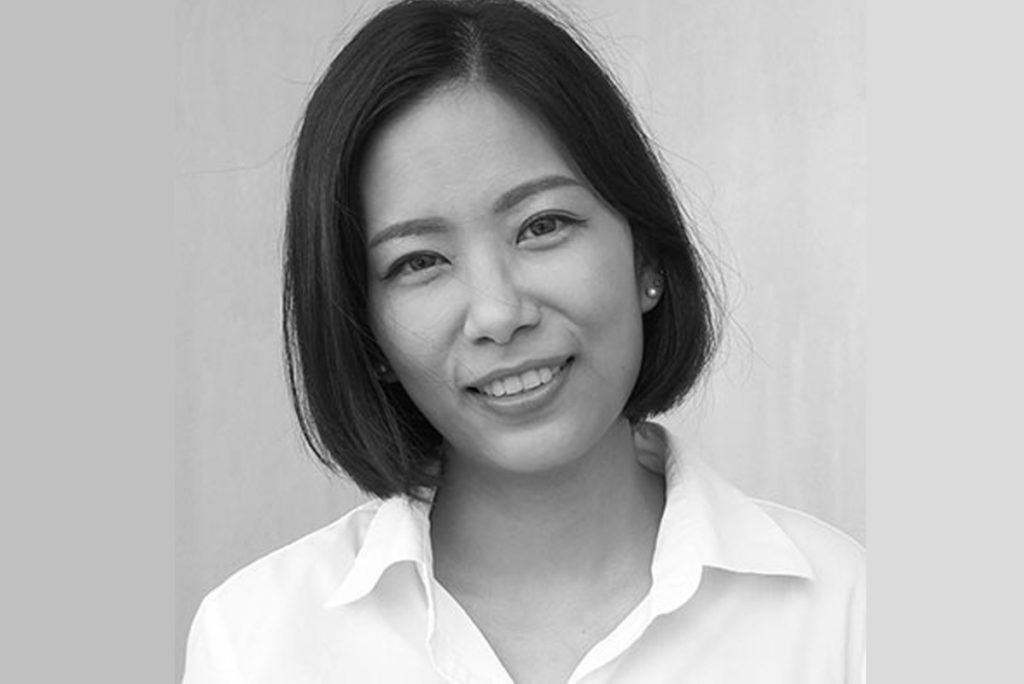
From the Invisible Bottom Line to the Prospective Thai Font Classification by Sirin Gunkloy
Sirin Gunkloy is an independent typeface designer specializing in Thai. Her experience encompasses elaborate research methodology and data collection, empirical engagement, and unconventional script designs.
While a former member of Cadson Demak, she actively contributed to the success of various corporate projects, particularly ‘Thai Font Classification,’ where she transformed the traditional classification into a contemporary perspective presented at the Bangkok International Typographic Symposium (BITS). She was honored to be a workshop leader nationwide by Typographic Association Bangkok (TAB).
Check Sirin’s lecture “From the invisible bottom line to the prospective Thai font classification” and her Thai Letterform archives.
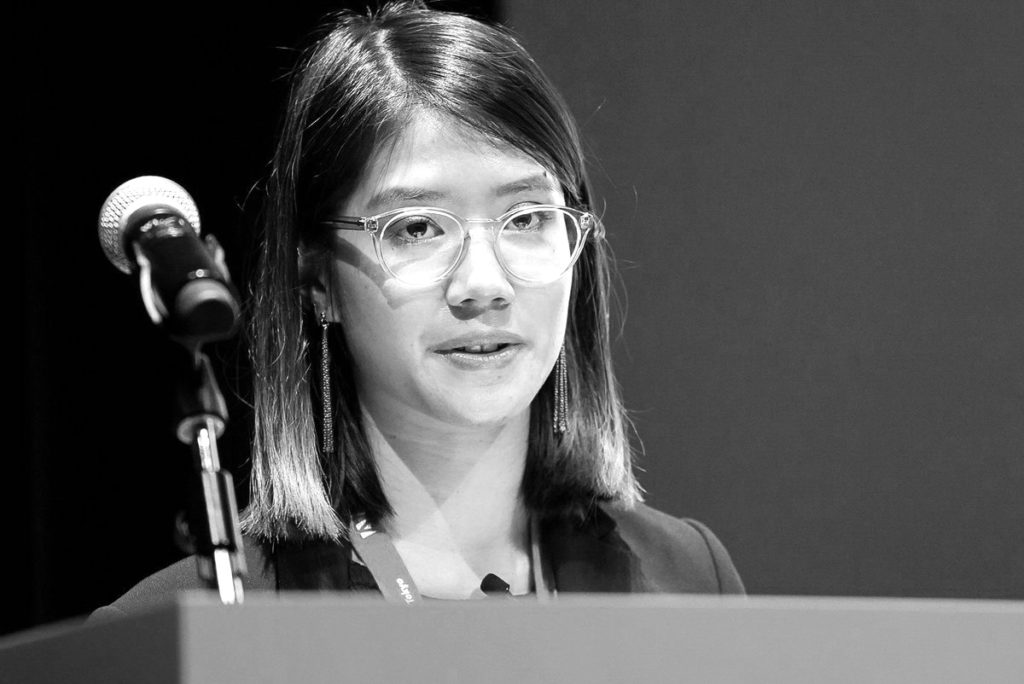
The Evolution of Thai Loopless Script by Promphan Suksumek | via ATypI 2019
Boom-Promphan Suksumek is a Thai type designer working on both Thai and Latin script. Currently, she’s studying at Type and Media 21–22, The Hague, the Netherlands.
She wrote a master’s thesis on variable fonts (emotionaltype.org). Speaker at ATypI 2019 in Tokyo on the topic of The Evolution of Thai Loopless Script.
This presentation examines the evolution of the Thai loopless form and attempts to map its development. Originating with the Thai Naris typeface in 1863, the Thai loopless form was initially constructed using a broad-nib pen. Later on, it was adopted and transformed by the locals.” Watch the full lecture.
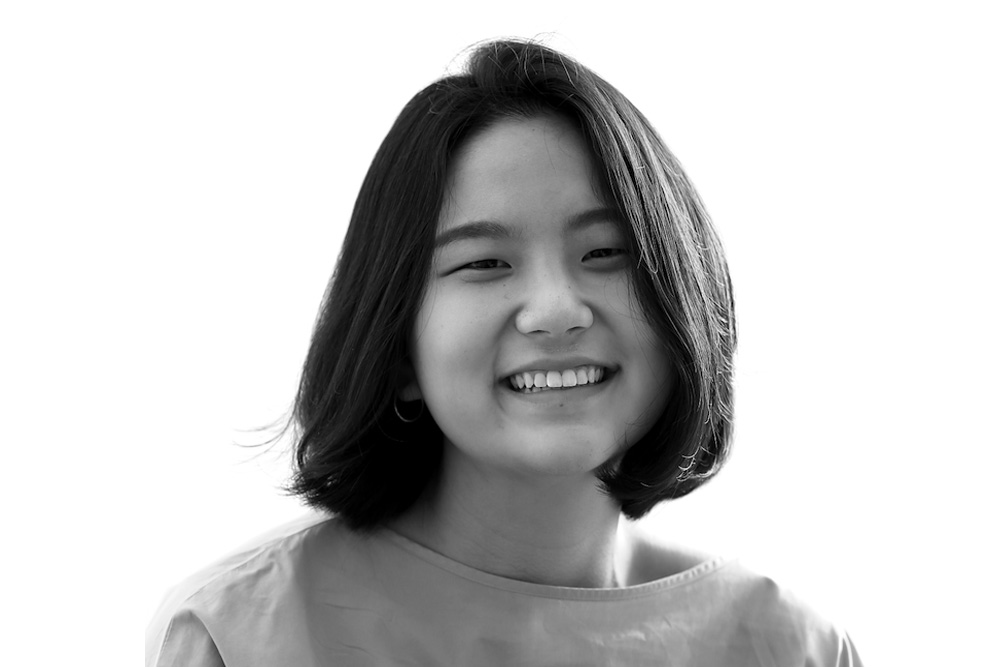
Design Like A Bilingual by Mint Tantisuwanna
Mint Tantisuwanna is a type designer working at Cadson Demak in Bangkok (Thailand) and she has been a student at the Type@Cooper Condensed Program 2019. She wrote an article called “Design like a bilingual” where she says:
“Being a good translator doesn’t only require grammatical skills, it also requires a grasp on how the language is actually spoken and written in the real world. Designing a Thai typeface to match a Latin typeface feels more or less like translating languages.
As a Thai type designer, I don’t want to Google translate Latin typefaces. I want to design typefaces like I understand them, so that it’s comfortable for native readers. Even for a native (Thai) like myself, this isn’t a piece of cake.” Read the full article.
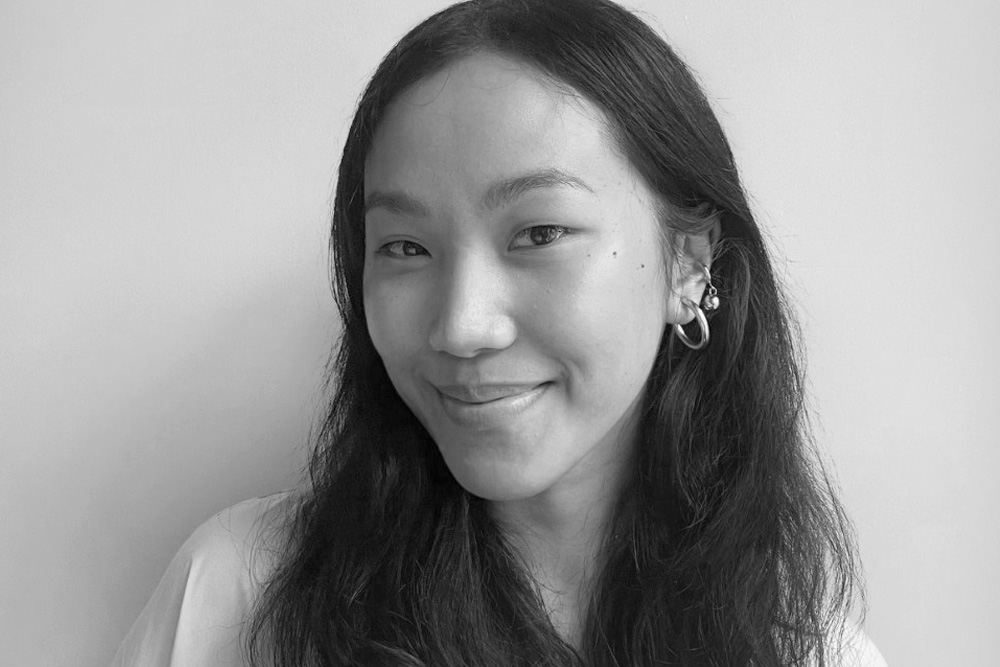
Sasikarn Vongin | London Based Type Designer
Sasikarn Vongin is an independent type designer based in London and has been in the type design industry for more than eight years. She grew her interest in typography while studying Communication Design for her Bachelor’s degree in Bangkok. She then started working professionally as a type designer since 2013 in Thailand, creating retail fonts and custom fonts in Thai and Latin for local and global brands.
Apart from being a designer, she has also contributed to type design by giving public speakings, being a jury in type design competitions, giving type lectures and workshops. After receiving her master’s degree in type design from The University of Reading in 2018, she moved to London in 2019 and started her freelance career.
She is currently a frequent collaborator and a consultant with renowned type foundries and has worked for many top confidential clients worldwide.
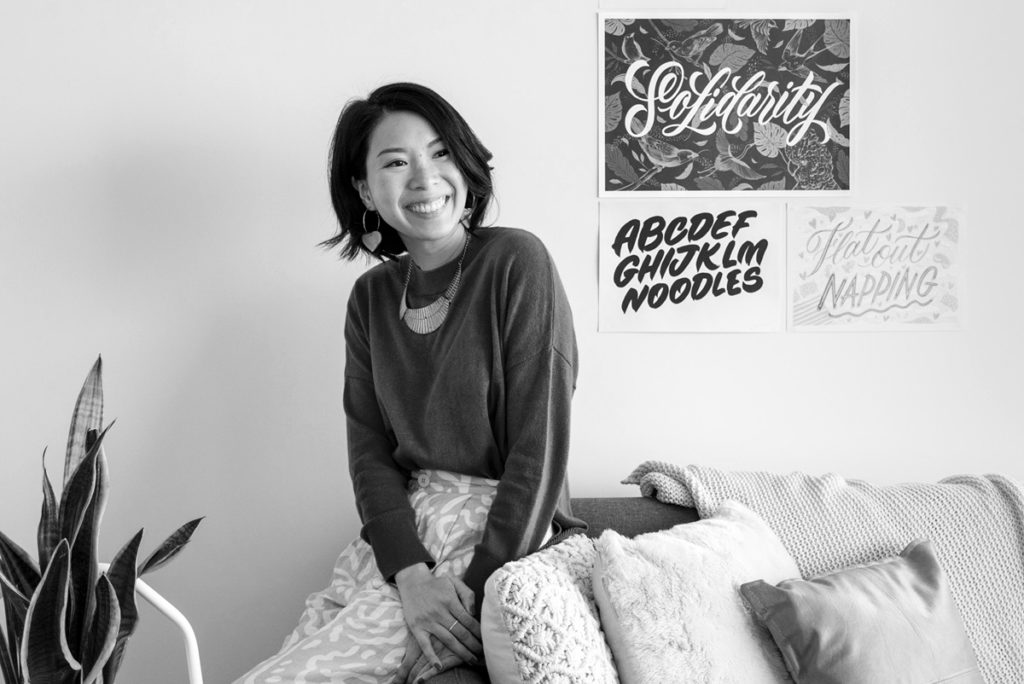
Wanissa Somsuphangsri | Australia Based Designer and Letterer
Wanissa is a graphic designer with a love for handcrafted letters and a passion for design education.
Born and raised in Bangkok, she’s currently based in her Naarm / Melbourne CBD home studio, where she juggles between freelance lettering work and teaching graphic design at LCI in Collingwood. Check out her stunning body of work on her site and on IG.
This article was originally written as part of my September 2022 bi-monthly email newsletter.

Pingback: Pritzious – Design